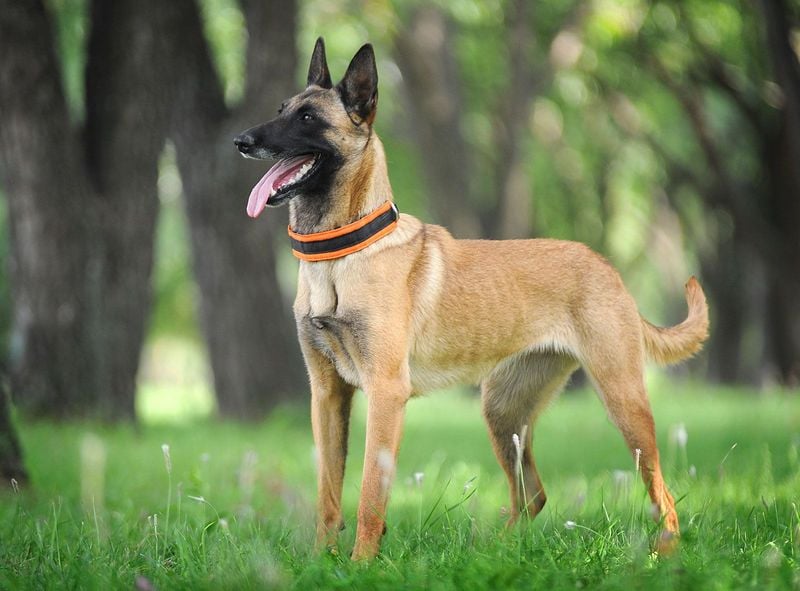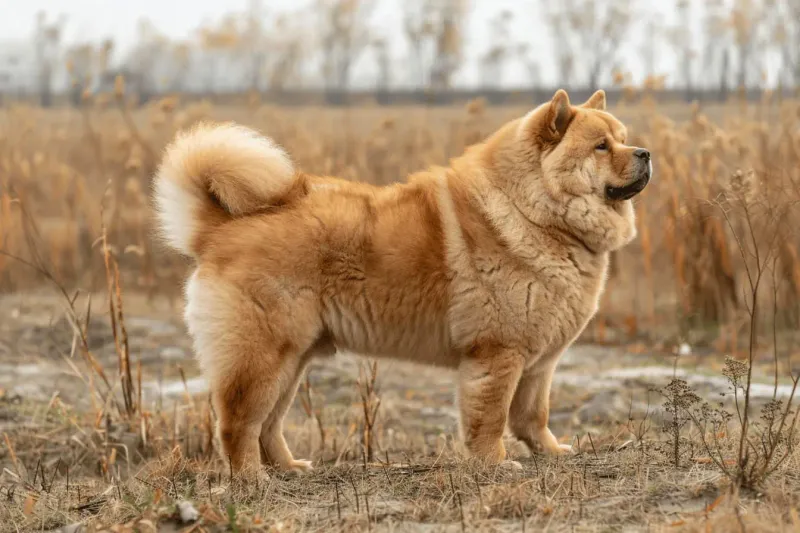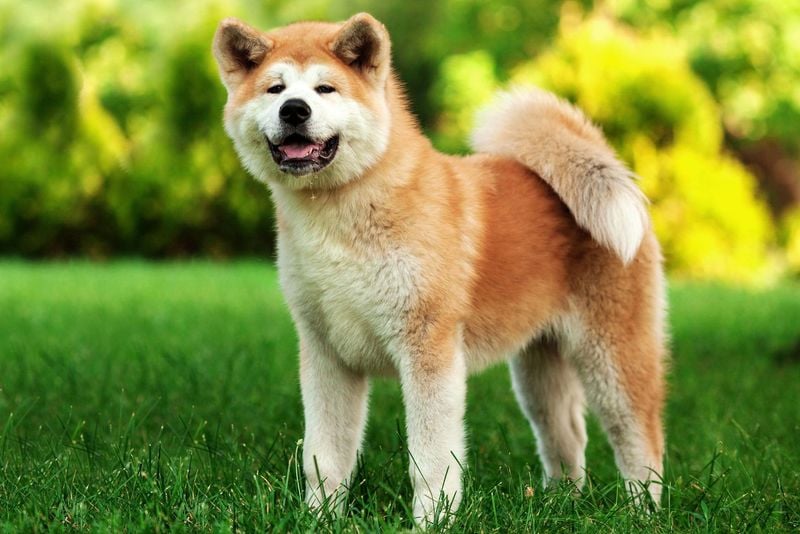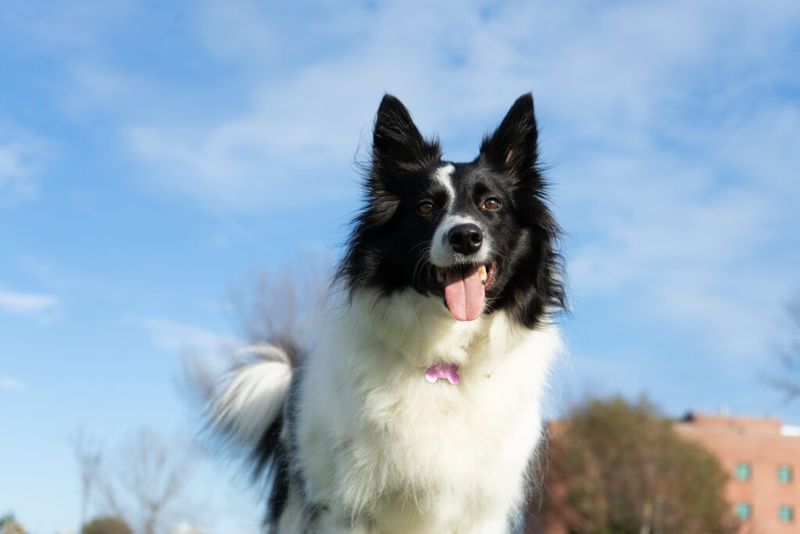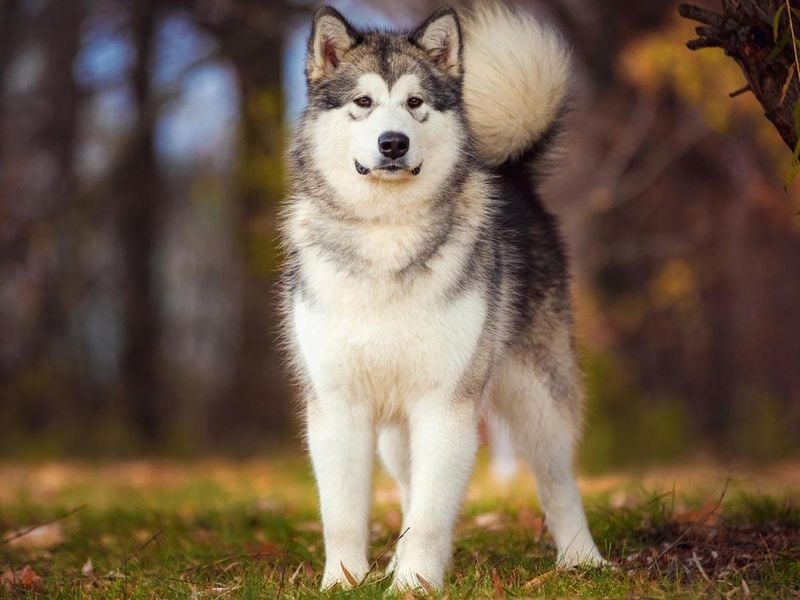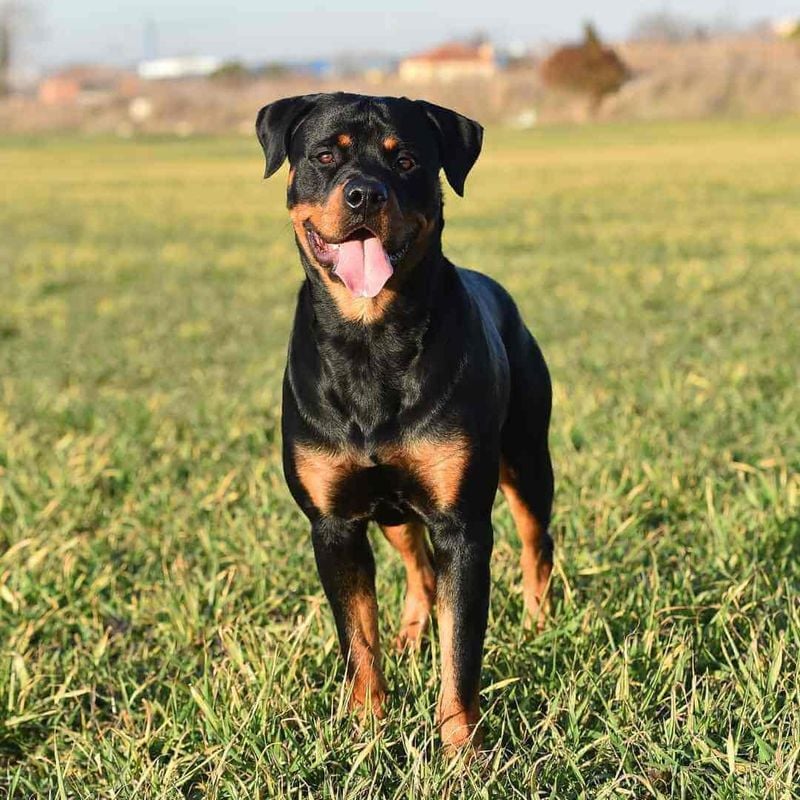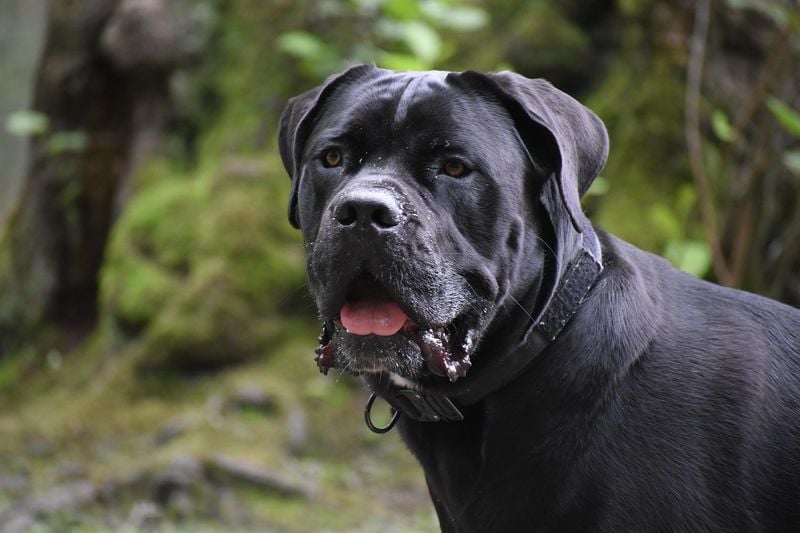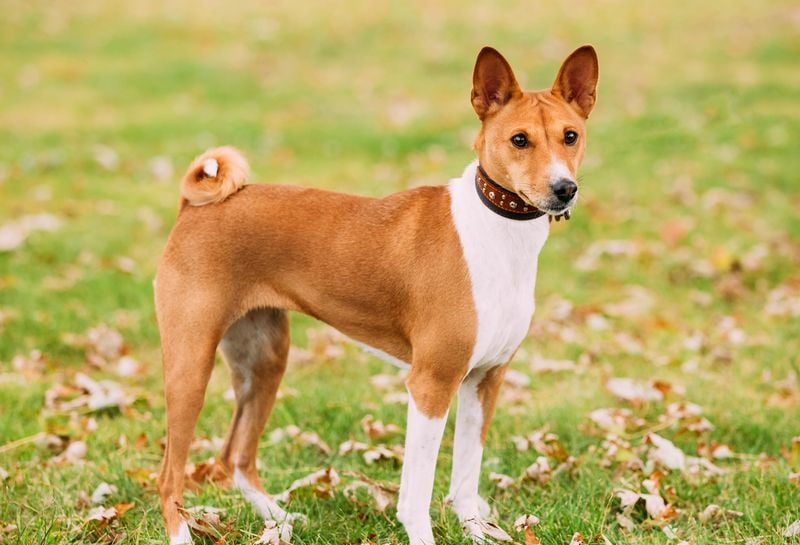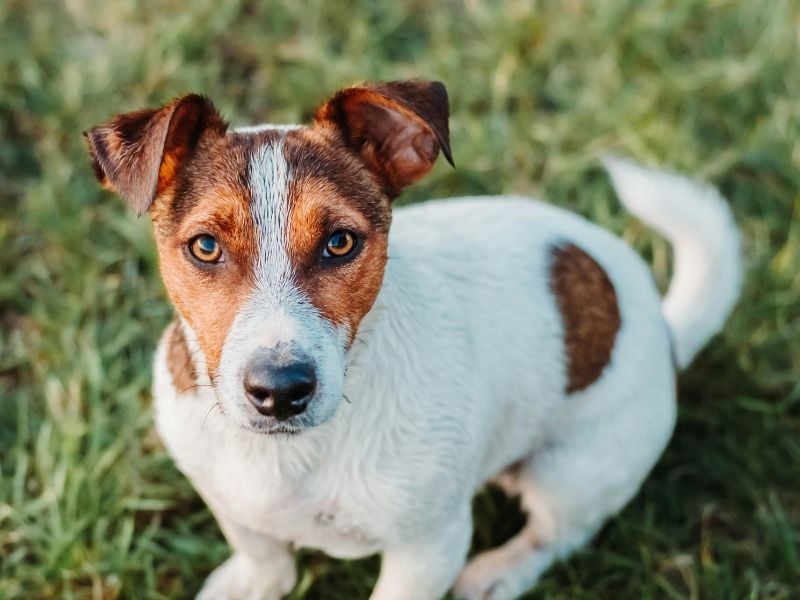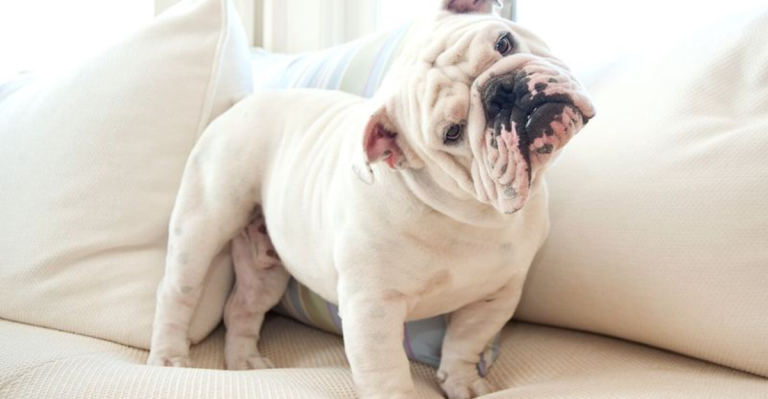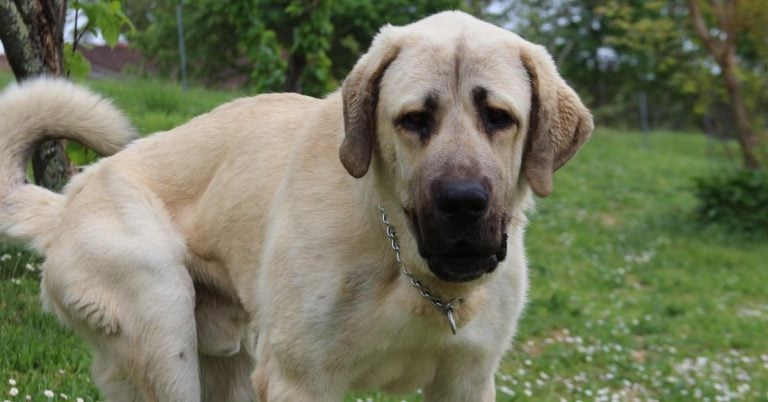These 10 Popular Dog Breeds Are Actually Bad for Beginners
Getting your first dog is exciting, but choosing the right breed makes all the difference between a happy home and constant frustration.
Many popular breeds that look adorable or impressive require specialized care, training, and environments that new dog owners simply aren’t prepared for.
Before you bring home that cute puppy, consider whether you’re ready for the specific challenges these popular but demanding breeds might present.
1. Belgian Malinois: Working Dogs That Need a Mission
Intensely intelligent and bursting with energy, Belgian Malinois dogs were bred for police and military work—not apartment living. These high-drive shepherds need 2-3 hours of exercise daily plus mental challenges to prevent destructive behaviors.
Without proper training and outlets for their energy, Malinois often develop anxiety and behavioral issues that overwhelm inexperienced owners. They’re incredibly loyal but can be protective to a fault.
First-time owners are usually shocked by their relentless work ethic and need for constant engagement. Think of them as elite athletes who need a coach, not casual companions who’ll be content lounging around your home.
2. Chow Chow: Fluffy Exterior, Independent Interior
Behind that adorable teddy bear face lies a stubborn, aloof personality that challenges even experienced dog trainers. Chow Chows originated as guard dogs in ancient China and maintain a strong independent streak that resists basic commands.
Early socialization is crucial yet difficult, as Chows naturally distrust strangers and can become aggressive without proper handling. Their thick double coat requires extensive grooming several times weekly to prevent painful matting.
Health issues like hip dysplasia and eye problems are common in the breed, adding veterinary costs to their already high maintenance needs. Many new owners fall for their unique appearance but surrender them when their standoffish temperament proves too challenging.
3. Akita: Powerful Guardians With Strong Opinions
Revered in Japan for their loyalty, Akitas pack impressive strength into their bear-like frames. These powerful dogs can weigh up to 130 pounds and possess natural guarding instincts that make them wary of strangers and other animals.
Akitas require an experienced owner who understands canine body language and can provide consistent, confident leadership. Their stubborn nature makes training challenging – they question commands rather than blindly obeying.
Same-sex aggression is common in the breed, meaning they often don’t play well with other dogs at the park. First-time owners frequently underestimate their strong prey drive and territorial nature, leading to situations they’re unprepared to handle.
4. Border Collie: Too Smart For Their Own Good
Border Collies regularly top intelligence charts, but their genius creates unique challenges for unprepared owners. These dogs were bred to work all day herding sheep, and that hardwired drive doesn’t disappear in a family home.
Without 2+ hours of daily exercise and mental stimulation, Border Collies often create their own jobs—reorganizing your garden, herding children, or dismantling furniture. Their intense focus becomes problematic when directed at shadows, lights, or moving objects, sometimes developing into obsessive behaviors.
Many Border Collies end up in shelters when owners can’t meet their extraordinary exercise and mental stimulation requirements. Their intelligence demands consistent training and enrichment that beginners rarely anticipate.
5. Alaskan Malamute: Arctic Powerhouses Need Space
Majestic and wolf-like, Malamutes were bred to pull heavy sleds across frozen landscapes—not lounge in suburban backyards. These Arctic dogs have tremendous strength and endurance, requiring substantial daily exercise to prevent destructive behaviors.
Their thick double coat sheds constantly and “blows” completely twice yearly, covering your home in a fur blizzard. Malamutes are notorious escape artists who dig, climb, and problem-solve their way over or under fences when bored.
Highly pack-oriented, they challenge for leadership positions and require confident handling. Their prey drive makes them unsafe around small pets, and their size (85-100 pounds) means they can overpower unprepared owners. Hot climates cause them significant distress, limiting where they can comfortably live.
6. Rottweiler: Gentle Giants Require Expert Guidance
Rottweilers combine impressive strength with deep loyalty, but their power demands respect and knowledge. Males can reach 135 pounds of solid muscle, making proper leash training essential before they’re fully grown.
Naturally protective, Rottweilers need extensive socialization from puppyhood to distinguish between genuine threats and normal situations. Without proper training, their guarding instincts can become problematic around visitors or in public settings.
Health issues like hip dysplasia and heart problems are common in the breed, leading to significant veterinary expenses. Responsible ownership includes understanding their body language, providing consistent boundaries, and maintaining their physical health—responsibilities that often overwhelm first-time dog owners.
7. Dalmatian: Spotted Speedsters With Special Needs
Famous for their spots and fire station connections, Dalmatians hide challenging traits behind their distinctive appearance. Originally bred to run alongside horse-drawn carriages, these dogs have extraordinary stamina and need vigorous daily exercise to prevent destructive behaviors.
Genetic health issues plague the breed, with nearly 30% suffering from hearing impairment or complete deafness. This sensory challenge makes training more difficult and can lead to startle reactions when approached unexpectedly.
Dalmatians also have unique urinary system requirements, needing special diets to prevent painful bladder stones. Their high energy combined with potential hearing issues creates a perfect storm that overwhelms many first-time owners attracted by their striking appearance rather than understanding their specialized needs.
8. Cane Corso: Italian Mastiffs Mean Business
Imposing and powerful, Cane Corsos were bred as Italian war dogs and property guardians. Their massive size—up to 120 pounds of solid muscle—combined with natural protective instincts requires an experienced handler who understands large breed psychology.
Cane Corsos need early and continuous socialization to prevent suspicion of strangers from becoming problematic aggression. Their strength means even friendly jumping or playing can knock over children or elderly family members.
These dogs form intense bonds with their families but remain aloof with outsiders. First-time owners often underestimate the financial commitment—from quality food for their large frames to potential liability insurance requirements. Their guardian temperament means they’re constantly assessing situations, requiring owners who can provide clear leadership.
9. Basenji: The “Barkless” Breed With a Mischievous Streak
Basenjis don’t bark—they yodel, howl, and scheme their way into trouble with remarkable intelligence. These ancient African hunting dogs maintain strong primitive instincts, including an independent streak that makes training feel like negotiation rather than instruction.
Their cat-like cleanliness and small size seem appealing, but Basenjis are master escape artists who climb fences and slip through tiny openings. They’re also notorious for chewing everything when bored, requiring extensive puppy-proofing well into adulthood.
While they don’t shed much, Basenjis need significant exercise to prevent destructive behaviors. First-time owners expecting an obedient companion are usually unprepared for their selective hearing and tendency to rewrite rules. Their hunting drive makes them unsafe around small pets.
10. Jack Russell Terrier: Small Package, Explosive Energy
Don’t let their size fool you—Jack Russell Terriers pack the energy of dogs three times their size into compact, muscular bodies. Bred to hunt foxes, these terriers have incredible stamina and can literally bounce off walls when their exercise needs aren’t met.
Jack Russells are frighteningly intelligent but use their smarts for mischief as often as obedience. Their hunting instincts remain strong, making them diggers, chasers, and potential escape artists who’ll pursue squirrels regardless of traffic or fences.
Stubbornness is their middle name, requiring consistent training from day one. Many end up in shelters when owners realize their cute appearance hides a workaholic personality that rarely settles down. Without proper outlets, their energy transforms into destructive behaviors and excessive barking.

